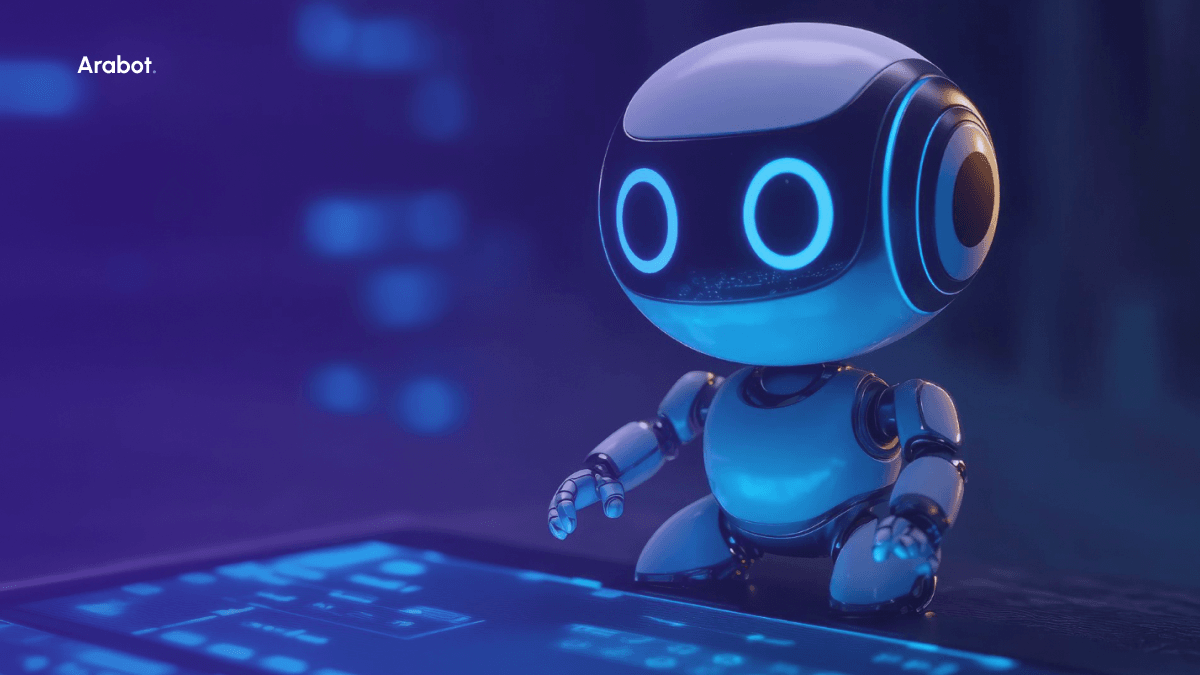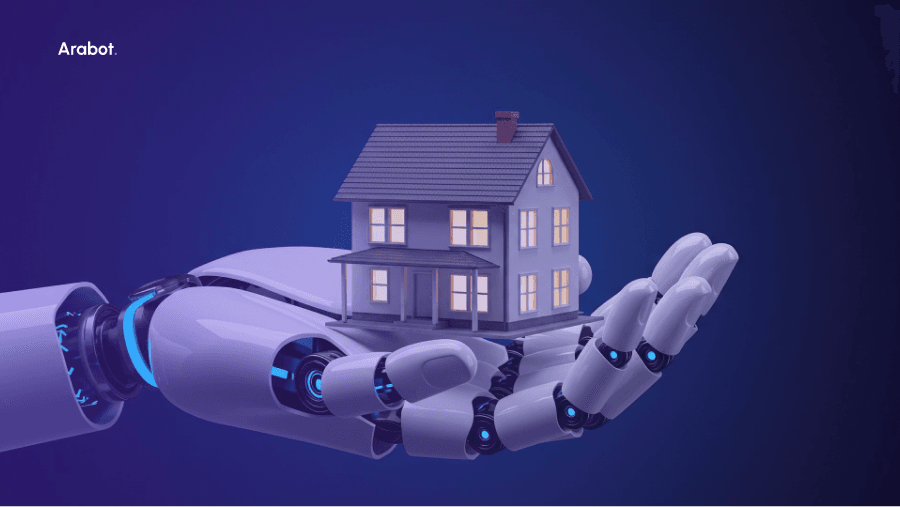AI Automation
Why Intent Understanding is Crucial for AI Chatbots

Chatbots powered by artificial intelligence (AI) are becoming increasingly common, assisting users across various platforms and industries. A critical factor that drives the effectiveness of these AI chatbots is their ability to accurately understand the intent behind a user's message.
What is Chatbot Intent?
Chatbot intent refers to the goal or purpose that a user has when conversing with a chatbot. When a chatbot receives a message or input from a user, it analyzes the text to identify the intent and any associated entities.
For example, if a user sends the message "I need to reset my password", the intent is to reset their password. If a user says "I want to order a large pepperoni pizza for delivery", the intent is to order food for delivery.
Entities are the specific details or modifying information that users provide when describing their questions or concerns, such as dates, product names, or locations. In contrast, intent refers to the action or task the user wants to accomplish by using the chatbot, like booking a flight, resetting a password, or getting product information.
For instance, in the message "What are the showtimes for the 7pm movie at the Cinemark theater tomorrow?", the entities are "7pm" (time), "movie" (product), "Cinemark theater" (location), and "tomorrow" (date).
If a chatbot cannot determine the user's intent accurately, it cannot understand what the customer needs, leading to wasted time, effort, and frustration.
Entities and Their Relationship to Intents
Entities play a crucial role in providing context and additional details to help chatbots accurately identify user intent. For example, if a user says, "I want to book a flight to New York on June 15th," the entities are "New York" (location) and "June 15th" (date). These entities provide context for the intent, which is likely "booking a flight."
Similarly, for the message "Can you recommend a good Italian restaurant near downtown that's open late?", the entities are "Italian" (cuisine type), "downtown" (location), and "open late" (additional criteria). Understanding these entities allows the chatbot to accurately identify the intent of getting a restaurant recommendation that meets certain specifications.
Types of Chatbot Intents
Chatbot developers often define broad categories of intents based on the target audience and use cases. Some common types of chatbot intents include:
- Navigational intents: The goal is to guide the user through a website or platform, providing relevant information and assistance.
- Informational intents: These intents aim to deliver specific information related to products, services, or general inquiries.
- Transactional intents: These intents involve facilitating transactions, such as making purchases, scheduling appointments, or processing payments.
- Feedback intents: These intents are designed to collect user feedback, reviews, or opinions to improve products, services, or overall customer experience.
Intent Recognition Techniques
Chatbots use various techniques to recognize user intent, including machine learning and natural language processing (NLP) methods.
Machine Learning Approaches:
- Supervised learning: Chatbots can be trained on labeled data to learn patterns and classify user inputs into predefined intent categories.
- Unsupervised learning: Chatbots can also learn to identify intents and entities without labeled data, using techniques like clustering and topic modeling.
Natural Language Processing (NLP) Methods:
- Sentiment analysis: Analyzing the sentiment (positive, negative, or neutral) of user messages to understand the emotional context.
- Aspect mining: Identifying specific aspects or features mentioned in user messages, which can provide clues about intent.
- Topic modeling: Detecting the main topics or themes discussed in user messages, which can help infer intent.
- Named entity recognition: Identifying and classifying entities like names, locations, and organizations in user messages.
- Text summarization: Condensing user messages to extract the most relevant information for intent recognition.
Training Chatbots for Intent Recognition
Training chatbots to accurately recognize intents is a crucial step in the development process. It involves several key steps:
- Collecting quality training data: Gathering a diverse set of user messages and interactions, labeled with their corresponding intents and entities. For example, collecting messages like "I'd like to book a hotel room" (labeled with the intent "book hotel") and "What are your store hours?" (labeled with the intent "get business info").
- Data labeling and annotation: Manually or semi-automatically labeling the training data with intent categories and entity types. So a message like "I want to fly from Chicago to Miami on June 15th" would be labeled with the "book flight" intent and entities of "Chicago" (origin), "Miami" (destination), and "June 15th" (date).
- Building intent models and classifiers: Using machine learning algorithms and NLP techniques to train models that can classify user inputs into specific intents and extract relevant entities. For the "book flight" intent, the model would learn patterns like "{Origin} to {Destination} on {Date}" to accurately classify that intent and identify the associated entities.
Continuous Improvement and User Feedback
For instance, if many users provide the input "I need to change my flight" but the chatbot frequently misclassifies it as a "book flight" intent, analyzing this conversational data allows you to retrain the model to properly recognize the "change flight" intent.
Incorporating user feedback into intent handling can also improve the chatbot's performance. For example, if users frequently provide negative feedback when the intent "track order" is misunderstood, the chatbot can be retrained on more examples of that intent to better recognize it.
So if users are saying "Where is my package?" but the chatbot misses the "track order" intent, highlighting those instances of negative feedback allows you to reinforce the training data for that intent category. Over time, the chatbot learns from its mistakes.
Intent-Driven Conversation Flow
In an intent-driven conversation, the chatbot aims to understand the user's initial intent and guide the conversation towards fulfilling that intent, potentially collecting additional context and entities along the way.
For example, if a user expresses the intent to book a flight, the chatbot may ask for additional details like the destination, travel dates, and number of passengers to complete the booking process.
Real-World Examples
Here are some real-life examples of chatbot intents from our previous clients:
Aramex's WhatsApp chatbot "arabot" leverages intent recognition to provide effective customer service and automate shipment delivery processes. By accurately identifying intents like "track shipment", "schedule pickup", or "get rate quote", arabot can promptly address customer needs and facilitate key logistics transactions. This improves efficiency and customer experience.
FAHR's virtual employee "Hamad" utilizes intent recognition to accurately categorize and respond to queries about human resources policies, employment laws, and citizen services. Understanding intents like "get policy details", "check eligibility requirements", or "submit request" allows Hamad to deliver relevant information and streamline processes in the government sector.
The National Commercial Bank (NCB) in Saudi Arabia implemented the SONOF AI solution specifically to improve intent recognition for customer feedback classification. By leveraging natural language processing techniques like named entity recognition and deep learning models, SONOF can accurately identify intents within customer messages, such as "report an issue", "provide suggestion", or "express dissatisfaction". This enables NCB to promptly categorize and address customer feedback, leading to a more efficient and faster customer experience.
These examples showcase how accurate intent recognition allows chatbots and virtual assistants to understand user goals, provide personalized responses, automate processes, and ultimately improve customer satisfaction across industries like logistics, government services, and banking.
Importance of Effective Intent Recognition
Effective intent recognition is critical for chatbots to provide relevant and personalized responses, improve customer satisfaction, and streamline various business processes. By accurately understanding user intent, chatbots can:
- Deliver more natural and engaging conversations, enhancing the user experience. For example, if a user says "I'm looking for a new mystery book to read", understanding the intent allows the chatbot to have a natural conversation by asking about preferred authors or subgenres, rather than just listing every mystery book.
- Improve efficiency by providing relevant information or solutions more quickly. If a user messages "How do I reset my wifi router?", accurately recognizing the intent allows the chatbot to immediately provide the reset instructions instead of asking clarifying questions.
- Increase customer satisfaction by addressing user needs accurately and promptly. If the intent is properly recognized as "make a dinner reservation", the chatbot can immediately collect details like party size, date, and time, rather than frustrating the user by misunderstanding the request.
- Facilitate scalability by handling a higher volume of user interactions without compromising quality. As intent models improve, chatbots can automatically handle more queries without human intervention, allowing businesses to scale seamlessly.
Conclusion
Understanding user intent is a critical component for delivering successful and satisfactory interactions. By leveraging machine learning, natural language processing, and continuous improvement through user feedback, chatbots can accurately recognize user intents and provide relevant, personalized responses.
As chatbot technology continues to advance, we can expect further improvements in intent recognition capabilities, including better handling of contextual and multi-turn conversations, as well as more sophisticated integration with other chatbot components.
See how arabot can help automate your business with tailor-made AI solutions. Book a call now!
© 2025 copyright Arabot. All rights reserved.
 Insurance
Insurance Healthcare
Healthcare Automative
Automative Hospitality
Hospitality Banking
Banking Government
Government Telecommunication
Telecommunication Education
Education Human Resources
Human Resources
